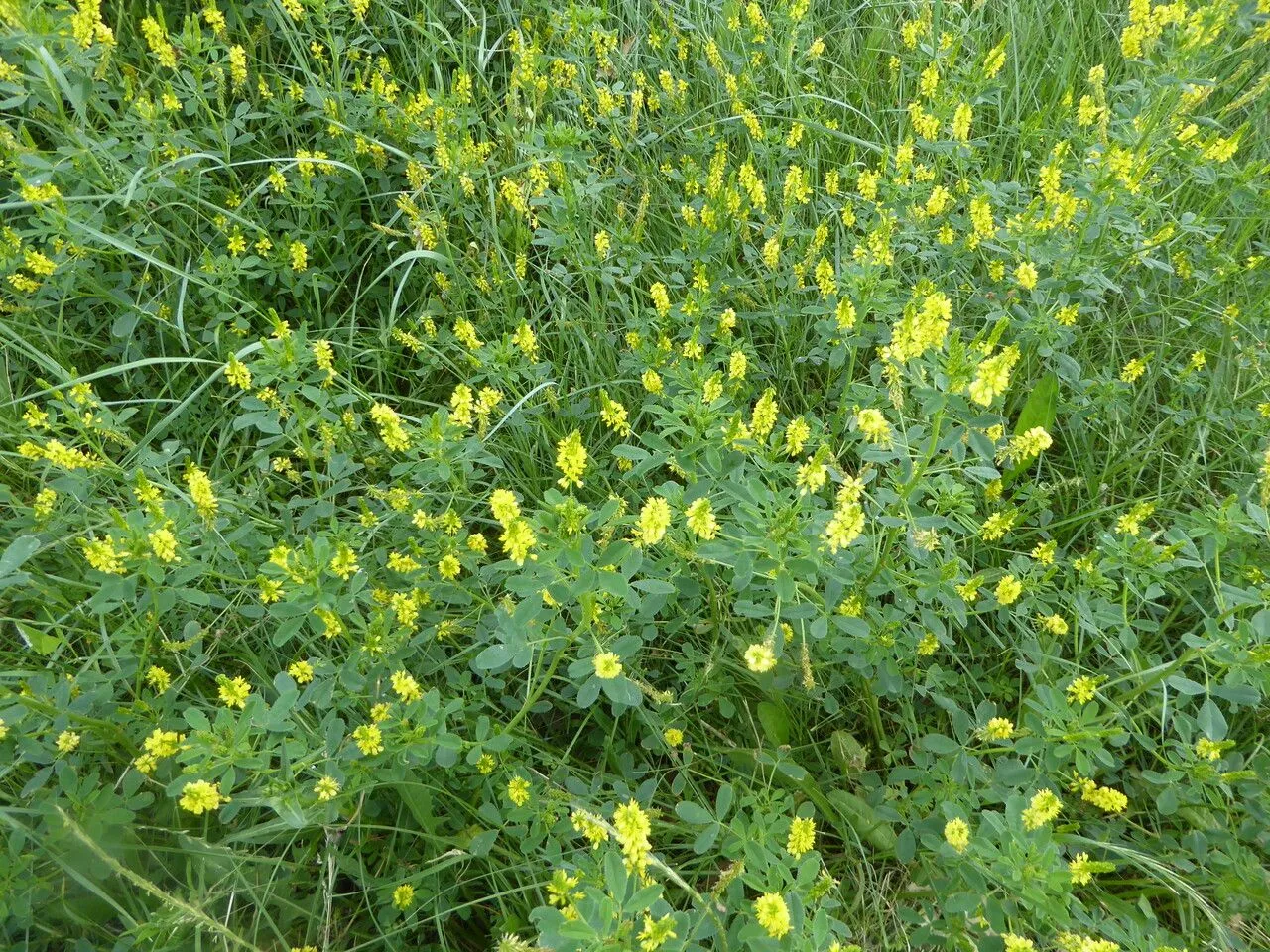
Author: Desf.
Bibliography: Fl. Atlant. 2: 193 (1799)
Year: 1799
Status: accepted
Rank: species
Genus: Melilotus
Vegetable: False
Observations: Macaronesia, Medit.
Furrowed melilot, scientifically known as Melilotus sulcatus, is a noteworthy member of the Fabaceae family. First described in the botanical work Flora Atlantica, published in 1799, by renowned botanist René Desfontaines, this plant has captured the interest of many for its unique characteristics and ecological contributions.
Native to the regions of Macaronesia and the Mediterranean, the Furrowed melilot thrives in the temperate climates of these areas. The name Furrowed melilot aptly describes the plant’s distinctive grooved stem, a feature that sets it apart within its genus.
In its natural habitat, the Furrowed melilot plays an important role in the ecosystem. As a member of the legume family, it engages in nitrogen fixation, a process that enriches the soil by converting atmospheric nitrogen into a form that is usable by plants. This makes it a valuable plant for maintaining soil health and promoting biodiversity.
Additionally, Furrowed melilot is recognized for its aromatic properties. Historically, various species of Melilotus have been utilized for their sweet-smelling qualities. Though primarily an ecological asset, the plant’s contribution to the sensory landscape of its native regions cannot be understated.
In summary, Melilotus sulcatus, or Furrowed melilot, is much more than a botanical specimen. It is a crucial component of its native landscapes, contributing to soil health and biodiversity, while also enriching the sensory experiences of those who encounter it.
Deu: furchen-steinklee, gefurchtfrüchtiger steinklee, gefurchter steinklee
Dan: furet stenkløver
Eng: furrowed melilot, mediterranean sweetclover, grooved melilot, furrowed melliot
Por: anafa
Ces: komonice brázditá
Cat: melilot solcat
Fra: mélilote des moissons
Swe: ribbsötväppling, ribbsötväpplig
Spa: trébol amarillo, trébol real de olor
Cym: gwydro rhychog, yr wydro rychog
En: Furrowed melilot, Grooved melilot, Mediterranean sweetclover, Furrowed Melliot
Ar: حندقوق
Ca: Melilot solcat
Cs: Komonice brázditá
Da: Furet stenkløver
Fi: Uurremesikkä
Fr: Mélilote des moissons, Mélilot à fruits sillonés, Mélilot sillonné, Mélilot d’Afrique
De: Gefurchter Steinklee, Furchen-Steinklee, Gefurchtfrüchtiger Steinklee, Gefurchter Honigklee
He: דבשה חרוצה, דבשה מחורצת
It: Meliloto solcato
Pt: Anafa
Pt-br: Meliloto-sulcado
Es: Trébol amarillo, Trébol real de olor
Sv: Ribbsötväppling, Ribbsötväpplig
Tr: Akdeniz taş yoncası
Cy: Yr wydro rychog, Gwydro Rhychog
Taken Mar 20, 2022 by Diego Alex (cc-by-sa)
Taken Jan 6, 2021 by Monteiro Henrique (cc-by-sa)
Taken Jun 13, 2019 by Didine (cc-by-sa)
Taken Mar 17, 2006 by EOL − Luigi Rignanese (cc-by-nc)
Taken Jul 13, 2020 by Damien Weise (cc-by-sa)
Taken May 26, 2020 by Anouk Reinhard (cc-by-sa)
Taken Mar 11, 2021 by dominique rojat (cc-by-sa)
Taken Apr 13, 2020 by Philip Good (cc-by-sa)
Taken Mar 17, 2006 by EOL − Luigi Rignanese (cc-by-nc)
Taken May 21, 2019 by Llandrich anna (cc-by-sa)
Taken Apr 15, 2001 by Photoflora – Jean-Luc TASSET (©)
Taken Apr 15, 2013 by Photoflora – Jean-Luc TASSET (©)
Taken Mar 17, 2006 by EOL − Luigi Rignanese (cc-by-nc)
Taken May 7, 2007 by EOL − Luigi Rignanese (cc-by-nc)
Taken May 21, 2019 by Llandrich anna (cc-by-sa)
Taken May 6, 2011 by Tela Botanica − Bertrand BUI (cc-by-sa)
Taken Apr 15, 2004 by Photoflora – Jean-Luc TASSET (©)
Taken Apr 15, 2004 by Photoflora – Jean-Luc TASSET (©)
Taken Apr 10, 2011 by Tela Botanica − Marie PORTAS (cc-by-sa)
Taken May 21, 2019 by Llandrich anna (cc-by-sa)
Taken Jan 1, 1970 by Photoflora – L’Abbé COSTE (©)
Taken Feb 15, 2018 by Photoflora – Jean-Luc TASSET (©)
Taken Feb 15, 2018 by Photoflora – Jean-Luc TASSET (©)
Taken May 6, 2011 by Tela Botanica − Bertrand BUI (cc-by-sa)
Taken Apr 15, 2008 by Photoflora – Benoit BOCK (©)
© copyright of the Board of Trustees of the Royal Botanic Gardens, Kew.
© copyright of the Board of Trustees of the Royal Botanic Gardens, Kew.
© copyright of the Board of Trustees of the Royal Botanic Gardens, Kew.
Growth habit>: Forb/herb
Family: Myrtaceae Author: (F.Muell.) K.D.Hill & L.A.S.Johnson Bibliography: Telopea 6: 402 (1995) Year: 1995 Status:…
Family: Rubiaceae Author: Pierre ex A.Froehner Bibliography: Notizbl. Bot. Gart. Berlin-Dahlem 1: 237 (1897) Year:…
Family: Sapindaceae Author: Koidz. Bibliography: J. Coll. Sci. Imp. Univ. Tokyo 32(1): 38 (1911) Year:…
Family: Asteraceae Author: A.Gray Bibliography: Pacif. Railr. Rep.: 107 (1857) Year: 1857 Status: accepted Rank:…
Family: Fabaceae Author: Medik. Bibliography: Vorles. Churpfälz. Phys.-Ökon. Ges. 2: 398 (1787) Year: 1787 Status:…
Family: Aspleniaceae Author: (Cav.) Alston Bibliography: Bull. Misc. Inform. Kew 1932: 309 (1932) Year: 1932…